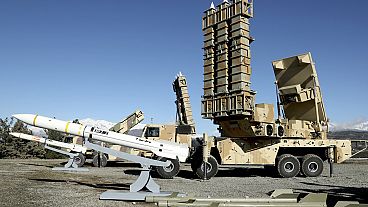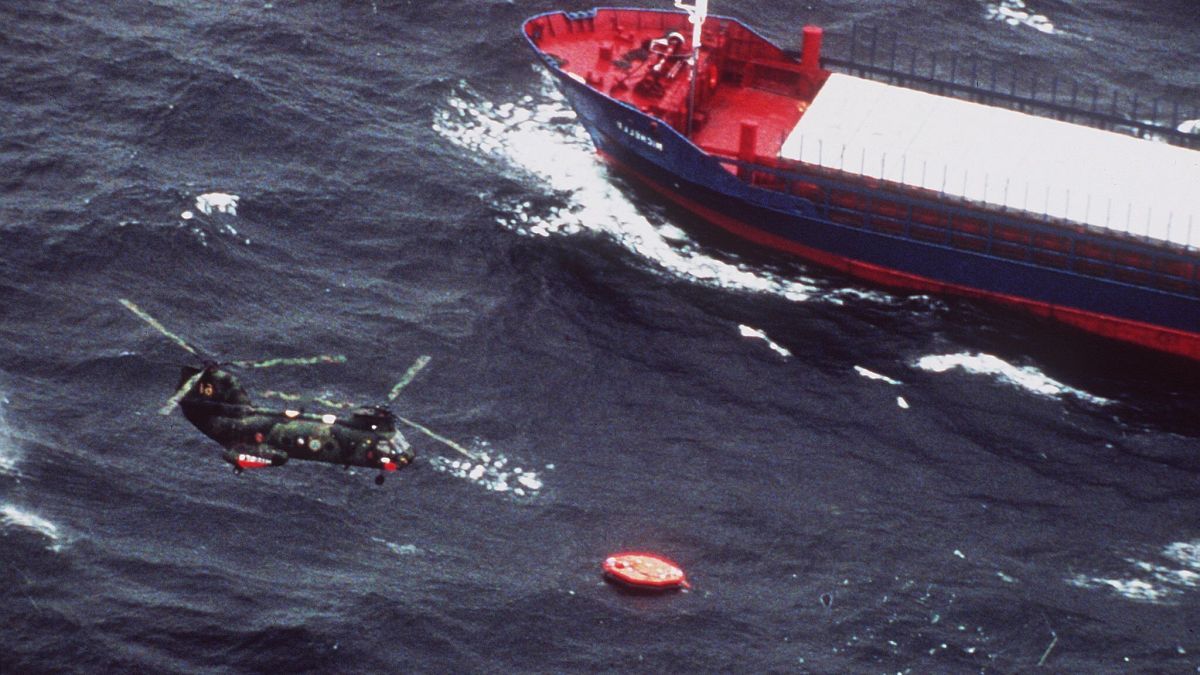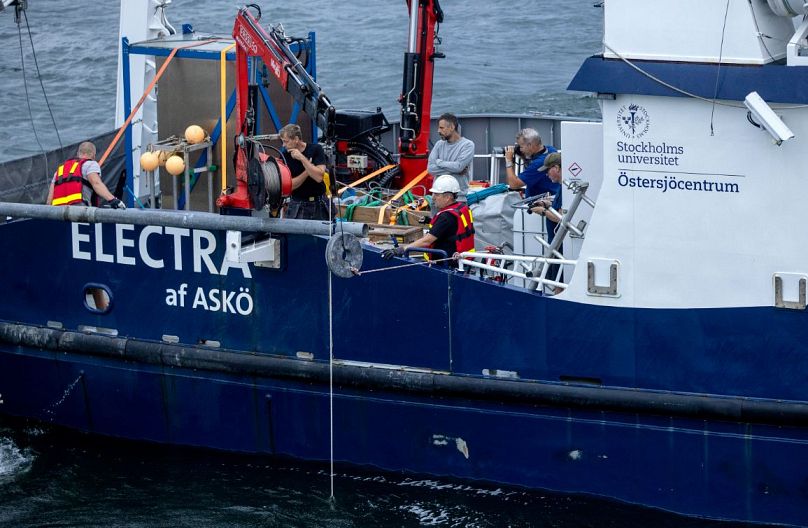A privately financed team of experts from Estonia has begun investigations on the wreck of the ship, which sank in 1994.
A privately-funded expedition has begun examining the wreckage of the MS Estonia ferry that sank in 1994.
The search was commissioned by relatives of the victims of the disaster, in an effort to gain more information on the vessel’s fate.
A total of 852 people were killed when the MS Estonia sank in September 1994, in Europe’s worst peacetime maritime disaster.
The vessel was traveling overnight from the Estonian capital Tallinn to Stockholm in Sweden when it went down in heavy seas. Only 137 of the 989 people on board survived, while most of the victims were Swedes and Estonians.
The 1997 official joint investigation by Estonia, Finland, and Sweden concluded that the ferry sank as its bow door locks failed in a storm, flooding the decks in just 20 minutes.
But the latest dive, organised by an Estonia-based fund, aims to "find answers to questions" that official joint and separate investigations have failed to provide.
The wreck of the MS Estonia lies on the seabed 80 metres below the surface in international waters near the Finnish island of Uto.
The wreck in the Baltic Sea is considered a graveyard, which gives the area protection under law.
The sinking has produced a number of conspiracy theories and some survivors say all previous research into the accident had hidden the real cause.
A recent documentary raised further doubts by uncovering new holes in the ship's hull with a diving robot.
"Although during these decades numerous different investigations have been carried out, they have not been able to give the survivors and close relatives of the deceased exhaustive answers regarding the reason why Estonia perished," the Mare Liberum fund, said in a statement.
The fund, which was created in July, said it would carry out the two-week dive expedition, costing around €800,000.
The project will use a research vessel rented from the German company RS Offshore, equipped with four underwater robots, while four divers will provide support.
One aim is to map the damage to the Estonia's hull, create a 3D scan of and study the surrounding area.
The expedition is headed by Margus Kurm, a former Estonian state investigator into the ferry’s sinking.
It wasn’t immediately clear what kind of stance the governments of Estonia, Finland, and Sweden would take about the parallel private expedition.
A new official inquiry was launched in July and a dive by Estonian and Swedish authorities is expected in the spring of 2022.
Kurm has promised to share his findings with the authorities, saying that private scrutiny could be "constructive competition."
"This inquiry is very important for us to find the real reason why the MS Estonia sank," said Lennart Berglund, the head of a SEA group that supports victims' families in Sweden
"There will be no one from SEA or the Swedish side because it is still illegal for Swedes to participate in dives in Estonia," he added.



